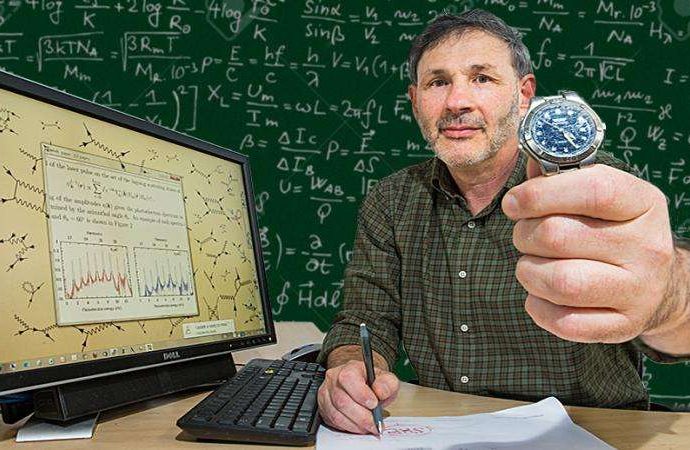“We have modelled the most delicate processes of nature very accurately.”
An international team of scientists studying ultrafast physics have solved a mystery of quantum mechanics, and found that quantum tunneling is an instantaneous process.
The new theory could lead to faster and smaller electronic components, for which quantum tunneling is a significant factor. It will also lead to a better understanding of diverse areas such as electron microscopy, nuclear fusion and DNA mutations.
“Timescales this short have never been explored before. It’s an entirely new world,” said one of the international team, Professor Anatoli Kheifets, from The Australian National University (ANU).
“We have modelled the most delicate processes of nature very accurately.”
At very small scales quantum physics shows that particles such as electrons have wave-like properties – their exact position is not well defined. This means they can occasionally sneak through apparently impenetrable barriers, a phenomenon called quantum tunneling.
Quantum tunneling plays a role in a number of phenomena, such as nuclear fusion in the sun, scanning tunneling microscopy, and flash memory for computers. However, the leakage of particles also limits the miniaturisation of electronic components.
Professor Kheifets and Dr. Igor Ivanov, from the ANU Research School of Physics and Engineering, are members of a team which studied ultrafast experiments at the attosecond scale (10-18 seconds), a field that has developed in the last 15 years.
Until their work, a number of attosecond phenomena could not be adequately explained, such as the time delay when a photon ionised an atom.
“At that timescale the time an electron takes to quantum tunnel out of an atom was thought to be significant. But the mathematics says the time during tunneling is imaginary – a complex number – which we realised meant it must be an instantaneous process,” said Professor Kheifets.
“A very interesting paradox arises, because electron velocity during tunneling may become greater than the speed of light. However, this does not contradict the special theory of relativity, as the tunneling velocity is also imaginary” said Dr Ivanov, who recently took up a position at the Center for Relativistic Laser Science in Korea.
The team’s calculations, which were made using the Raijin supercomputer, revealed that the delay in photoionisation originates not from quantum tunneling but from the electric field of the nucleus attracting the escaping electron.
The results give an accurate calibration for future attosecond-scale research, said Professor Kheifets.
“It’s a good reference point for future experiments, such as studying proteins unfolding, or speeding up electrons in microchips,” he said.
![]() Explore further: The secrets of tunneling through energy barriers
Explore further: The secrets of tunneling through energy barriers
More information: Interpreting attoclock measurements of tunnelling times, Nature Physics (2015) DOI: 10.1038/nphys3340
Read more at: http://phys.org/news/2015-05-physicists-quantum-tunneling-mystery.html#jCp


































Leave a Comment
You must be logged in to post a comment.